
- Appointments
- Awards
- Books & Authors
- Committees
- Deaths
- Defence
- Economic
- Environment
- Finance
- Important Days
- International
- Miscellaneous
- National
- Persons in NEWS
- Places in NEWS
- Regional
- Reports
- Resignations & Retirements
- Science & Technology
- Sports
- June 2017 - Exams Resources
- Current Affairs - Quiz
- Current Affairs - Test
- Current Affairs - PDF
Current Affairs June 2017 - Technology
1 - Super-Earth found 21 light years away

Scientists have discovered a potentially habitable Earth-like planet, located just 21 light years away, that may host liquid water on its surface.
US Scientists found that the planet, with a mass between two and three times the Earth, resides at the edge of the habitable zone of its host star Gliese 625.
Planet is a relatively cool star and situated at the edge of its habitability zone, in which liquid water can exist on its surface. This is the sixth super-Earth closest to our solar system in the habitability zone.
2 - NASA renamed solar probe mission to honor physicist Eugene Parker
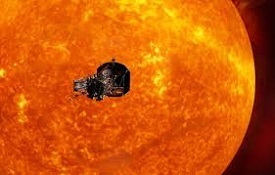
NASA has renamed the Solar Probe Plus spacecraft, humanitys first mission to a star, which will launch in 2018, as the Parker Solar Probe in honor of astrophysicist Eugene Parker.
This is the first time NASA has named a spacecraft for a living individual. Its a spacecraft loaded with technological breakthroughs that will solve many of the largest mysteries about our star.
The mission is a part of NASAs Living with a Star program to explore aspects of the Sun-Earth system that directly affect life and society.
3 - First Developmental Flight of India's GSLV Mk III Successfully launched GSAT-19 Satellite
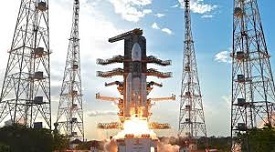
The first developmental flight (GSLV MkIII-D1) of India's heavy lift launch vehicle GSLV Mk-III was successfully conducted from Satish Dhawan Space Centre SHAR, Sriharikota with the launch of GSAT-19 satellite.
This was the first orbital mission of GSLV MkIII which was mainly intended to evaluate the vehicle performance including that of its fully indigenous cryogenic upper stage during the flight. Weighing 3136 kg at lift-off, GSAT-19 is the heaviest satellite launched from the Indian soil.
4 - China launched its 1st X-ray space telescope with the name "Insight"
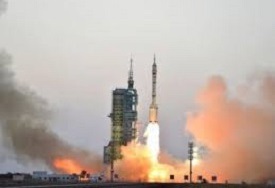
In order to study black holes, pulsars, and gamma ray bursts, China launched its first 2.5-tonne Hard X-ray Modulation space telescope with name Insight.
According to scientists, Insight will allow them to observe magnetic fields and the interiors of pulsars and better understand the evolution of black holes.
Since the black holes are usually undetectable, Insight has a larger detection area and a broader energy range which makes it easier to scan the galaxy.
5 - PSLV-C38 Successfully Launched 31 Satellites in a Single Flight
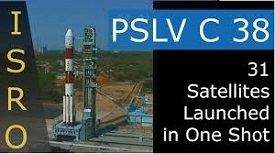
ISROs Polar Satellite Launch Vehicle PSLV-C38 successfully launched the 712 kg Cartosat-2 Series Satellite along with 30 co-passenger satellites from Satish Dhawan Space Centre, Sriharikota. This is the 39th consecutively successful mission of PSLV.
One of the 30 co-passenger satellites carried by PSLV-C38 was the 15 kg NIUSAT, a University/Academic Institute satellite from Nurul Islam University, Tamil Nadu, India.
The remaining 29 co-passenger satellites carried were international customer satellites from USA (10), United Kingdom (3), Belgium (3), Italy (3), Austria (1), Chile (1), Czech Republic (1), Finland (1), France (1), Germany (1), Japan (1), Latvia (1), Lithuania (1) and Slovakia (1). The total number of customer satellites from abroad placed in orbit by Indias PSLV has reached 209.
6 - Scientists develop new drought resistant plants
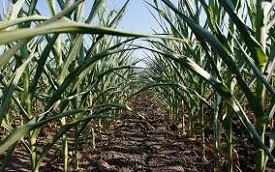
A team of scientists, including one of Indian origin, from Australian National University mapped a new molecular signalling pathway that controls the ability of plants to close the pores on their leaves to conserve water during drought stress.
Researchers have developed plants that have a better chance of surviving droughts by enhancing the natural ability of their leaves to preserve water. The new method has helped some plants survive 50% longer in drought conditions, and could eventually benefit major crops such as barley, rice and wheat, which are crucial to world food supplies.